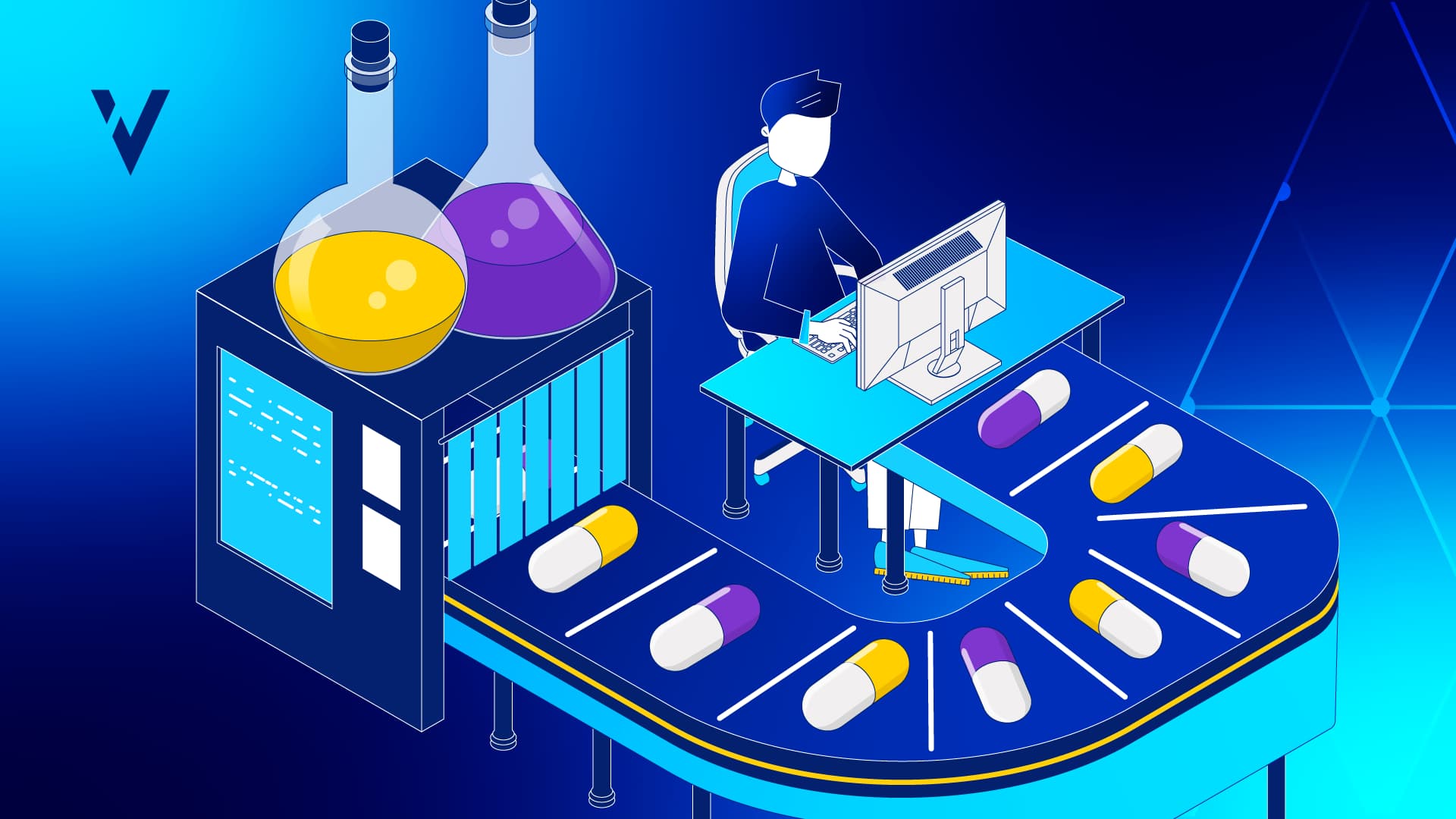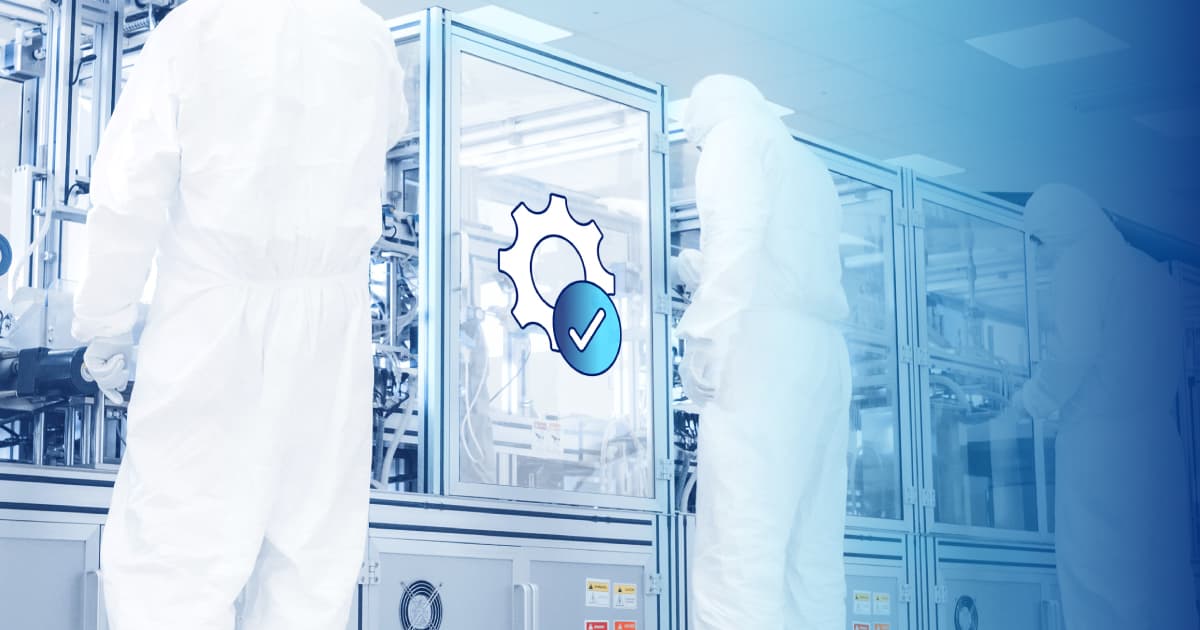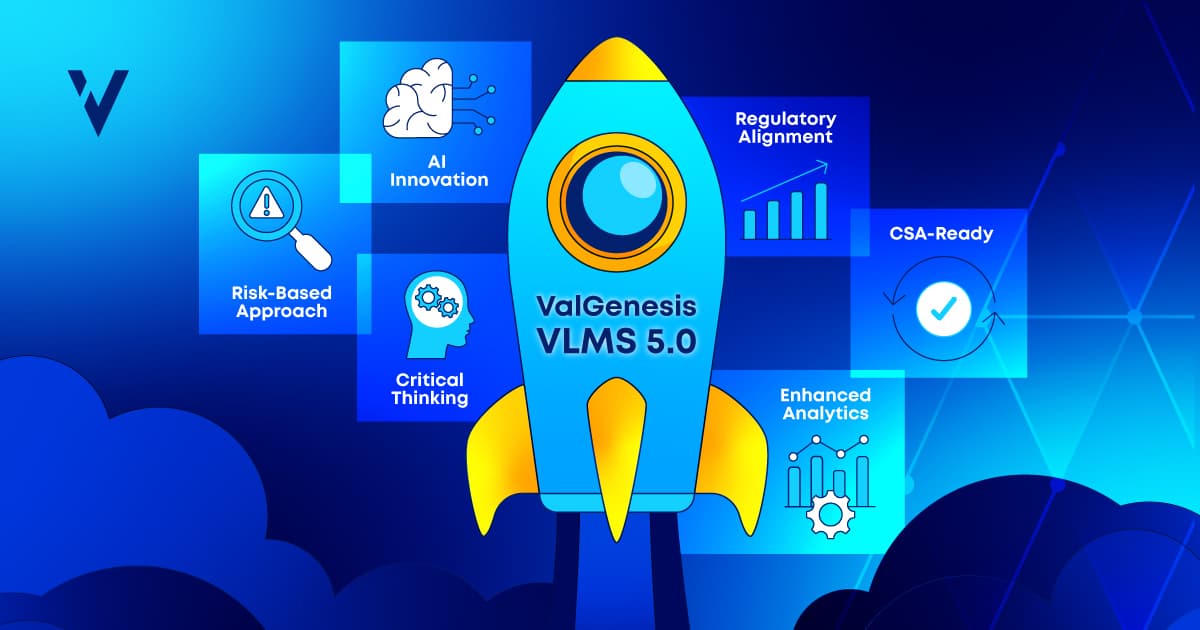The pharmaceutical industry is undergoing a significant transformation with the advent of digital technologies and Pharma 4.0 principles. This blog post explores the challenges associated with commissioning and qualification (C&Q) processes and highlights the critical role of digital solutions in enhancing efficiency, compliance, and innovation.
For clarity, let’s define what we mean by commissioning, qualification, and Pharma 4.0.
Understanding Key Concepts
Commissioning:
Commissioning ensures that equipment, systems, and processes are designed, installed, tested, operated, and maintained according to predefined standards and specifications. This process is crucial to verify that everything operates as intended before production begins. Traditionally, commissioning has been a time-consuming and resource-intensive process involving manual documentation and testing.
Qualification:
Qualification establishes documented evidence that systems, equipment, and processes are suitable for their intended purpose and operate correctly within their specified operating ranges. This usually includes installation qualification (IQ), operational qualification (OQ), and performance qualification (PQ).
C&Q vs. CQV:
The terms C&Q and CQV are often used interchangeably, but they are distinct. C&Q focuses on ensuring that equipment and systems are properly installed and function as intended. CQV, on the other hand, includes validation, which extends beyond C&Q to ensure that the entire process consistently produces products that meet quality standards. This distinction is important because while C&Q is about getting systems up and running, CQV ensures ongoing compliance and quality throughout the production lifecycle. The focus in this post is only on C&Q.
Pharma 4.0:
Pharma 4.0 refers to the application of Industry 4.0 principles and digital technologies to the pharmaceutical industry. This includes the use of automation, data exchange, artificial intelligence (AI), IoT (Internet of Things), cloud computing, and other digital technologies to optimize processes, increase efficiency, improve quality, and reduce costs throughout the pharmaceutical operation.
The Challenges of Traditional C&Q
Traditional C&Q processes are often paper based, leading to numerous challenges, including:- Retrospective Traceability: Tracing associated activities, such as testing, to user requirements specifications (URS) is often done retrospectively, making it difficult to ensure all requirements are met consistently.
- Manual Data Handling: Executing tests on paper or disparate systems requires sifting through pages of documents to find specific test results. This non-contemporaneous process leads to errors and inefficiencies. Additionally, faulty storage and control of vendor documentation result in time-consuming follow-ups with stakeholders.
- Objective Evidence Capture: Capturing objective evidence like photographs or attaching files is not contemporaneous, which violates the ALCOA++ principles (Attributable, Legible, Contemporaneous, Original, Accurate, Complete, Consistent, Enduring, Available, and Traceable).
- Dependencies and Follow-ups: Managing authoring, execution, or deviation dependencies can lead to delays if prerequisite conditions are not met. Manual follow-up with stakeholders to ensure compliance adds to the complexity.
- Data or result leveraging: Working with manual or hybrid systems does not effectively leverage previously documented results. Only references can be created, with no technical traceability or assurance of correctness.
- Summarization and Reporting: Summarizing large volumes of data for acceptance and release reports is a time-consuming process. The lack of transparency and organization-wide information makes it difficult to keep track of project status and compliance.
The Transition to Digital C&Q
Digital solutions like the ValGenesis Validation Lifecycle Management System (VLMS) offer a software-based solution to manage the entire C&Q lifecycle on a single platform, addressing the challenges of traditional methods. Key features of a digital solution include:- Electronic Documentation and Execution: Digital solutions support electronic documentation, authoring templates, reviews, and approvals. This ensures that documentation is contemporaneous and compliant with data integrity principles.
- Automated Traceability: Automated traceability ensures that all requirements and tests are traced back to their origins in real time, reducing the risk of missing tests or requirements.
- Fully accessible digital data: A digital data repository serves as a single source of truth for all C&Q activities, ensuring that data is accurate, secure, easily accessible, and always leverageable.
- Vendor data: Vendor data is available in a structured fashion, mitigating the risk of storage and retrieval errors.
- Standard Test Libraries: Standard test libraries ensure that no tests are missed, and decision-tree logic helps embed requirements into specifications accurately.
- Predefined Workflows and Escalation Mechanisms: Predefined workflows with built-in escalation mechanisms reduce the need for manual follow-ups and ensure that all tasks are completed on time.
- Automated Data Summary and Reporting: Digital solutions provide automated data summaries and transparency through view privileges, allowing stakeholders to track project status in real time.
Benefits of Digital C&Q
Transitioning to digital C&Q offers life sciences organizations several benefits:- Efficiency: Digital solutions eliminate the need for rework and manual data handling, streamlining processes and reducing time and resource requirements.
- Data Integrity: Digital systems capture and store data more accurately and securely, ensuring compliance with regulatory standards like 21 CFR Part 11 and Annex 11, as well as adherence to ALCOA++ principles.
- Compliance: Automated audit trails and comprehensive records of C&Q activities facilitate compliance with regulatory requirements, making inspections smoother and more transparent.
- Scalability: Digital tools are highly scalable, allowing organizations to manage multiple projects across different sites and geographies with ease.
- Transparency: Digital solutions enhance the transparency of activities at all user levels, from doer level and site/project leadership to corporate leaders and managers.
Impact of Pharma 4.0 on Innovation and Agility
Digitizing the C&Q program is not just about improving efficiency and compliance; it also drives innovation and agility in the industry. Key Pharma 4.0 capabilities may encompass:- IoT and Sensor Technologies: Real-time data from equipment and systems can be integrated into C&Q activities, providing immediate insights and improving decision-making.
- Artificial Intelligence (AI) and Machine Learning (ML): AI and ML algorithms can analyze large datasets to identify anomalies, patterns, and trends, enhancing the predictive capabilities of the C&Q program.
- Digital Twins and Simulation: Data sets from a digital program can be leveraged in digital twin technology, which allows for the simulation of physical systems, enabling optimization and issue identification without the need for physical testing.
Why Digital C&Q is the Future of Pharma
The pharmaceutical industry is at a pivotal moment where the adoption of digital C&Q tools and Pharma 4.0 principles is not just a forward-thinking strategy — it’s a game-changer. The undeniable benefits of efficiency, data integrity, compliance, and scalability are clear, and the impact on innovation and agility is setting the stage for unprecedented success.
Digital solutions are no longer optional; they are essential for organizations that aspire to stay competitive, compliant, and ready to meet the challenges of tomorrow.
Dive deeper into this topic by watching our webinar, “Digital CQV and Pharma 4.0: Paving the Way for Future Success.”
Commissioning and Qualification (CQV) Emerging Technology Pharma 4.0 Facility and Utility Validation
Saurabh Joshi
Director - Industry Solutions



